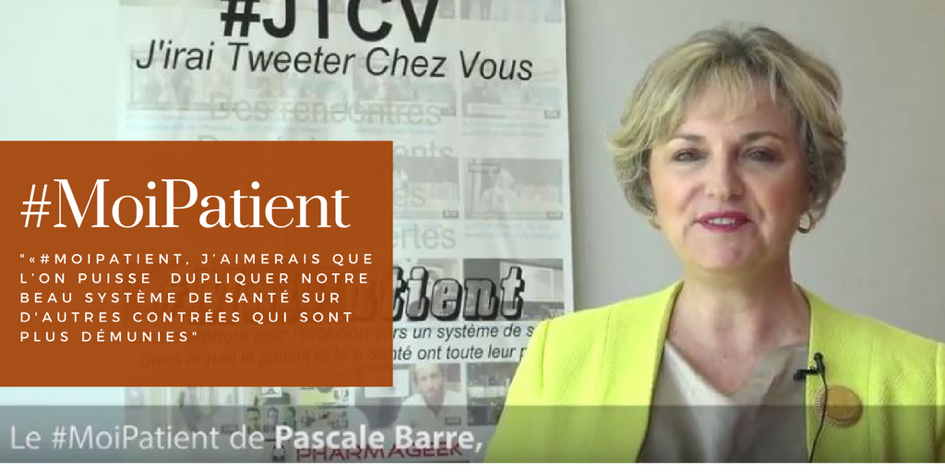Après la PAO et la MAO, bientôt la « HAO » (Humanité Assistée par Ordinateur) ? – Le webzine de la School
14/06/2014CAPACITÉ COGNITIVE: Du sport à 25 ans pour un cerveau musclé à 45
14/06/2014Many Health Policy Researchers Are Skeptical of Social Media such as Tweeting, Blogging, Facebook
See on Scoop.it – 2- HEALTHCARE SOCIAL MEDIA by PHARMAGEEK
Study suggests that many lack confidence in social media for communication, resulting in missed opportunity to publicize work
Though Twitter boats 645 million users across the world, only 14 percent of health policy researchers reported using Twitter—and approximately 20 percent used blogs and Facebook – to communicate their research findings over the past year, according to a new study from the Perelman School of Medicine at the University of Pennsylvania. In contrast, sixty-five percent used traditional media channels, such as press releases or media interviews. While participants believed that social media can be an effective way to communicate research findings, many lacked the confidence to use it and felt their academic peers and institutions did not value it or respect it as much as traditional media and direct contact with policy makers. However, the authors note that when used effectively, social media channels could present a major opportunity for connecting with both policy makers and the general public.
Full results of the study, one of the first of its kind, are published online today in the journal Health Affairs, and will be presented as a plenary session during this weekend’s annual AcademyHealth conference in San Diego.
The study, a survey of 215 health and health-policy researchers (primarily M.D.s and Ph.D.s), comes as academic journals, public health agencies, and health care organizations increasingly use social mediato communicate health-related information. It also comes at a time when the nation is embarking on major changes to the health care system—when health policy research evidence is increasingly important.
“Most health policy researchers are not using social media to communicate their research results, which could be a significant missed opportunity to expose a larger audience to important health news and findings,” said lead author, David Grande, M.D., MPA, assistant professor of Medicine at Penn Medicine, in a prepared statement.
Results of the study also reveal that researchers worry about how their peers and home institutions perceive social media, and that many describe it as replete with opinion and “junk” and are concerned about presenting their scientific results in such settings. However, Grande notes that participants became more confident about social media when given examples of how the channels could be used effectively. For example, many thought that they could not communicate anything beyond the 140-character limit on Twitter, despite the common practice of including links to more substantive content. Understanding how to use these tools, the authors say, could alleviate concerns about the information being superficially presented.
Finally, the study shows that junior faculty members are more positively predisposed than their senior colleagues about social media. This, Grande says, could be a result of greater familiarity with it from other aspects of their lives, or it might be because senior faculty members have greater access to policy makers owing to their stature and reputation. Regardless, the authors suggest there are considerable benefits to using the tools for research dissemination.




